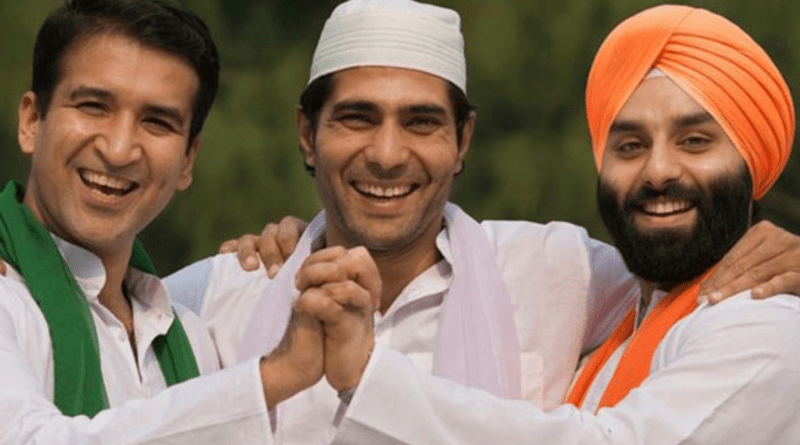Know From Where Did The Epic Indians Come From
From where did Indians originate? There are numerous ideas on this hotly contested subject, ranging from the home in the Arctic to traversing the steppes to reaching South Asia. An unexpected discovery from a recent DNA analysis supports the Indian origin myth even more.
The citizens and nationals of the Republic of India are known as Indians. In 2022, there will be 1.4 billion people living in India. By the end of April 2023, India will have surpassed China as the most populated nation in the world, home to 17.50 percent of all people on the planet, according to UN estimates. Apart from the native population, there is also a substantial number of Indians living abroad, especially in the Persian Gulf Arab states and the West.
Prior to India’s 1947 partition, the name “Indian” was also used to describe people who originated from what is now Pakistan and Bangladesh. However, the demonym “Indian” currently refers to those who originate from the modern Republic of India.
The labels “East Indian” and “Asian Indian” are occasionally used, especially in North America, to distinguish Indians from the native peoples of the Americas. The name “Indian” is still used to identify indigenous inhabitants in North America and the Caribbean, despite the fact that during European colonisation of the Americas, indigenous Americans were mistakenly identified as Indians. Terms like “indigenous,” “Amerindian,” and more particularly “First Nations” in Canada and “Native American” in the US are becoming less common in usage.
One of the key reasons it is still challenging to evaluate the genesis tale is the diversity among the 1.4 billion Indians. According to a recent genomic analysis, three ancient populations and a migration that started 50,000 years ago are the sources of Indian origin.
These three ancestral tribes are the hunter-gatherers of South Asia, the Iranian farmers, and the cattle farmers of the Eurasian Steppe.
Researchers from the All Indian Institute of Medical Science (AIIMS), the University of Michigan, the Perelman School of Medicine, the University of Southern California, and UC Berkley participated in the preprint publication of this work.
A HUGE ANONYMITY
Researchers were taken aback by the genetic analysis when they discovered a wide variety of genes from Neanderthals and Denisovans, their near evolutionary relatives. The fact that no Denisovan fossils have been found in India up to this point makes this discovery even more bizarre.
According to the study, there was a significant demographic change among Indians towards endogamy, or marriage within one’s community—that is, marrying within one’s own ethnicity or social group. Their genes become much more similar as a result, increasing their genetic similarity.
Researchers looked at ancient DNA from Iranian-born tribes that lived before India’s genetic influence. To find out whose genes most closely matched the patterns seen in contemporary Indians, they ran simulations.
The best match was discovered in the DNA of farmers who came from Sarazm, an old agricultural centre in what is now Tajikistan’s northwest.
The genomes of 2,700 people of Indian heritage were analysed, and over 90% of the Neanderthal genes discovered in human populations were present.
The study also demonstrated that a single, significant migration out of Africa some 50,000 years ago is responsible for the majority of the genetic variety found in Indians.




